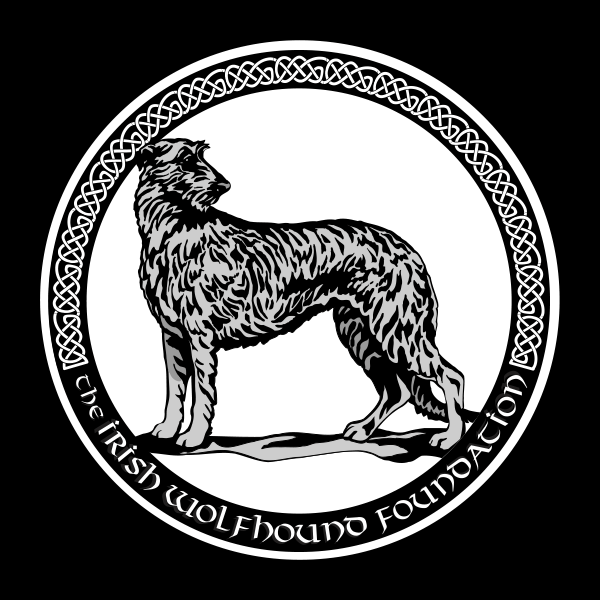Neuter/spay before 1 year has become a common recommendation for pet owners but there may be dangers associated with early castration especially in large or giant breed dogs. Recent publications have reported a mild increase in longevity for altered dogs but also noted increased joint disease and cancer in this castrated population.
Special Risk for Irish Wolfhounds?
Cancer kills over 30% of all IWs and it is concerning that a study of records of 40,000 dogs from the Veterinary Medical Database found neutered males and females more likely to die of cancer than intact dogs. This data was not breed specific.
Certain cancers are reported to be more likely in neutered than intact dogs and these include the major killers of our hounds: osteosarcoma, lymphoma, and hemangiosarcoma. Most of the reported studies offer no useful clinical information that is breed specific or age specific to help decide the safest time to neuter.
IWs Included in New Publication
A recent publication from UC Davis noted there were major breed differences in the risk for joint disease and certain cancers associated with age at castration.
“Assisting Decision-Making on Age of Neutering for 35 Breeds of Dogs: Associated Joint Disorders,Cancers,and Urinary Incontinence” utilized the extensive UC Davis veterinary hospital data base.
They offer evidence based information on breed specific differences in vulnerability to neutering and suggest guidelines for neutering ages to avoid long term health risks of castration.
Joint disease included hip dysplasia, elbow dysplasia and cranial cruciate ligament tears. Cancers included lymphoma, hemangiosarcoma, osteosarcoma and mast cell tumors as these have been associated previously with castration.
All of the above diseases plus mammary tumors and urinary incontinence in bitches were examined in animals neutered
ONLY 35 breeds were in this analysis. The IW did not have large numbers in the database but was included because of great size and high incidence of the cancers. Great Danes were also included as size and late maturation might lead to increased joint disease.
Results for IWs
Vulnerability to joint disorders associated with neutering is generally related to body size. Small dog breeds do not appear to have an increased risk while in breeds of larger size there were differences among the breeds. However the giant breeds IW and Great Dane showed NO increase in the studied joint diseases with neutering at any age.
In this data base 7% of intact males and 0% females had joint disease and there was no joint disease seen in neutered animals. Certainly the IW incidence of female joint disease is not 0. Because there are published reports documenting the damage of removing gonadal hormones before growth is complete. Neuter age for both the giant breeds is recommended well past 1 year even if increase in joint disease was not shown.
Intact IW males had a cancer incidence of 8% and females 21%.
Neutering males at 1 year was associated with a cancer increase to 25% which WAS STATISTICALLY SIGNIFICANT. There was no increase noted in spayed females.
In this small population there were no mammary cancers.
The suggested guideline for MALES given the increased occurrence of cancers at 1-2 years is TO NEUTER BEYOND 2 YEARS.
Given the large body size and physiology of late musculoskeletal development neutering FEMALES is recommended WELL BEYOND ONE YEAR.
The study population was only 30 intact males/19 neutered males and 21 intact bitches/16 spayed bitches for a total of 86 hounds. This was the smallest population for any breed included in this study. Larger IW data sets report a more equal and higher incidence of cancers.
There is a definite association of cancers associated with early neuter age and much of this is associated with breed. Unfortunately IWs seem to be one of those breeds. Although to neuter or not and when to do so are personal decisions all data so far suggests it is safest to neuter after 2 years in males and probably also in females. The number of hounds included was small and results could easily change with larger numbers.
Great Danes are the “other” giant breed and 353 were included in the data set. The incidence of cancer was 6% in males and 3% in females. There was no increase in cancers or joint disease with neutering.
Recommended neuter age was well beyond one year because of large body size.


